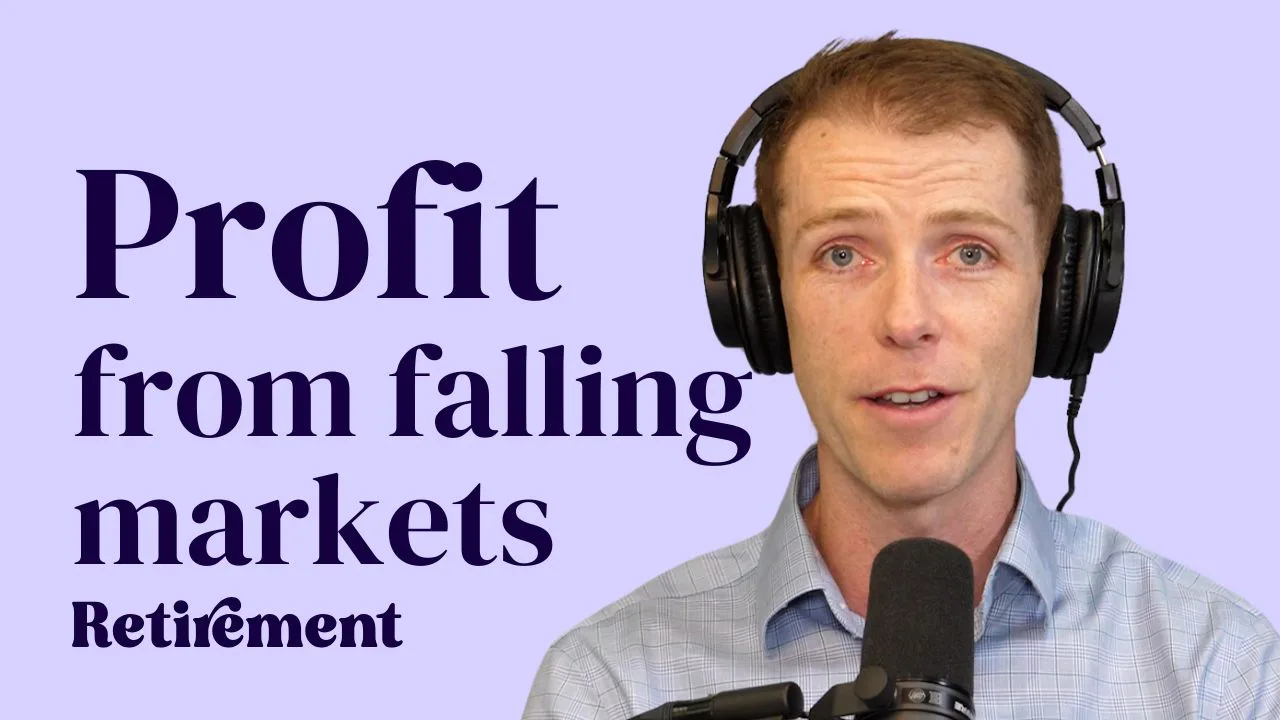If you’re a know-something investor, then you’ve likely been expecting or hoping for a correction with increased volatility for a while. Corrections are normal, what’s been abnormal is the 59% increase in the S&P500 from the low of 1,810 in February 2016 without a 5% correction. Clearly this blissful period had to end eventually.
After fielding calls from worried friends and relatives who’ve been scared to death by disgraceful news segments, like one that recently compared the recent falls with the GFC, your first response should be to check you’re comfortable with the valuations and prospects of the businesses you own.
Make sure you haven’t just read the latest headlines spreading panic before you do this, otherwise your analysis will be highly emotional and heavily biased to the short-term.
Next, check your Watchlist of stocks in case any businesses have fallen to your pre-determined buying levels. If you haven’t got a Watchlist, there’s no better time to create one. But remember that your valuations and analysis should be done while you’re calm and objective, not under the duress of a sharp downturn or giddiness of a rising market.
These two processes will ensure that your portfolio is the most prospective it can be balanced for your risk tolerance.
How we’re positioned in this market
Recently we’ve been selling more of our growth names, such as Chinese gaming and digital payments company Tencent Holdings, which has remarkably increased its market value by around US$300bn over the past 18 months. We still have exposure to Tencent through South African internet company Naspers, which currently trades near a record 40% discount to the value of its 33% shareholding in Tencent.
There are three themes currently running through our portfolio:
- Internet providers listed around the globe;
- Chinese technology companies; and
- European banks.
To show you how much the economies of Europe and Italy have improved over the past year or two, our two Italian banks fell the least over the past couple of days. Partly that’s because these stocks aren’t large positions in a broad range of ETFs, but also because higher inflation and interest rates – the supposed reasons behind the recent falls – would dramatically increase their earnings and dividends.
Our Chinese technology stocks are benefiting from huge tailwinds that won’t disappear with a recession, whenever the next one arrives, and the demand for fast broadband internet usage is only heading in one direction. While our internet providers currently trade at safe and attractive valuations, the wasteful spending of some of these businesses is now in the past and profits and cashflow are increasing as they focus on fast internet speeds rather than highly competitive mobile markets.
A business for ‘all weather’
Liberty LiLAC recently spun off from former parent Liberty Global, whose market value is about ten times the ~$4bn market value of LiLAC. LiLAC’s share price is roughly half what the company was being valued at two years ago, as the company admitted it paid too much for an acquisition and recent operating results have been hurt by increased competition in one of its major markets.
Liberty LiLAC is the South American outpost of John Malone’s cable TV and internet empire. LiLAC occupies the number one or two market position in its markets, such as Chile, where regulation encourages companies to invest in faster internet speeds for the long term.
Not having fast and reliable internet speeds puts any country at a competitive disadvantage, and for countries with small public budgets it makes sense to encourage the private sector to provide those services.
Internet usage in countries where LiLAC operates is often at half the levels experienced by developed nations, showing there’s a long runway for growth. LiLAC also expects to make acquisitions and increase its market position over time.
Given the markets LiLAC serves, the share price will likely be volatile over time. But as Morgan Housel explains in his wonderful recent presentation titled What Other Industries Teach Us About Investing, volatility is the price you pay for high returns, and volatility is not the same as the risk of losing money.
Get more insights from Peters MacGregor.

Peters McGregor is a Sydney-based global fund manager. Peters MacGregor Capital Management Limited holds a financial interest in Liberty Global, Liberty LiLAC and Liberty LiLAC through various mandates where it acts as investment manager. This article contains general investment advice only (issued under AFSL 225984). This article has been prepared without taking into account your investment objectives, financial situation or particular needs.






